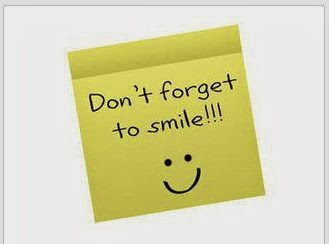Mark your calendars:
SAGE Testing for A-Day: February 9 and 11 -- Informative and Argument Writing
SAGE Testing for b-Day: February 4 and 6 -- Informative and Argument Writing
Come well-rested, well-nourished, and well-hydrated.
In preparation for taking the test, you might want to look again at: Writing Argumentative and Informational Essays.
If you haven't signed up for your January/February Book-of-the-Month, do it right away! You have a zero on your grade for that. Book Assessments are Due February 11/12
February 12 will be Parent-Teacher Conference.
When we are in the computer lab today, do not unplug the headphones. Leave them as they are.
Today's Activities:
1. Practice the test vocabulary with your elbow partner, using your flash cards.
Take a Quiz
Words to Know for Testing (Flash Card Words)
2. PowerPoint about Argument and Informational Writing: Argument VS Informative.pptx
Look over the rubric for argument
3. If time: Creating your own Graphic Organize when you're taking a test
RAFTS, DRAFTING, ARMS, SMILES
One side for Argument
One side for Informational
Argument -- RAFTS
R
A
F
T
S
|
Evidence and Warrant #3 (with a counterclaim and
counterargument)
|
Introduction and Claim
|
Conclusion
|
Evidence and Warrant #1
|
ARMS
|
Evidence and Warrant #2
|
SMILES
|
Informative
-- RAFTS
R
A
F
T
S
|
Introduction and Central Idea
|
Evidence and Explanation #1
|
|
ARMS
A
R
M
S
|
Evidence and Explanation #2
|
Smiles
S
M
I
L
E
S
|
Conclusion
|
Which Sentence is Not Good, Better, or Best? Central Ideas/Claims
Which one is ARGUMENT, and which one is INFORMATIVE?
Students at American Fork Junior High should not wear
uniforms.
Better
|
Students at American Fork Junior High should not wear
uniforms because they limit freedom of choice, self-expression, and the
opportunity to develop skills and attitudes we’ll need as adults.
Best
|
|
There are six comma rules that every seventh grader should
know: when joining independent clauses with a coordinating clause; after introductory
phrases and clauses; setting off nonessential information; to separate a
series of words, phrases or clauses;
to separate coordinate adjectives, and to shift between your main
writing and a quotation.
Best
|
There are six comma rules that every seventh grader should
know.
Better |
|
6. Computer Lab to find answers for your questions about your historical fiction book.
or -- I you aren't ready to do research, reading your book.
Do not unplug the headphones. Leave them as they are.
The projects are due February 11/12.




